
The World Stage, co-founded by poet Kamau Daàood and legendary jazz drummer Billy Higgins, faces an uncertain future. | Brianna Sacks
Founded in 1989, The World Stage has become the cornerstone for Leimert Park, L.A.’s historic hub for African-American arts and culture.
The World Stage’s jam sessions, jazz performances, youth groups and writing workshop have been a model for countless other nonprofit literary arts groups around Southern California and the nation, according to KCET. It has also churned out some of the nation’s most famous jazz musicians and poets over its 25 years.
Last May, Leimert Park found out that its two-year fight for a metro stop on the incoming Crenshaw/LAX line would become a reality.
Shortly after, the World Stage’s owners and their neighbors learned that the building had been sold and eviction notices were handed out to the stage and many other businesses.









 Saturday marked the grand opening of the Metro Expo Rail Line.
Saturday marked the grand opening of the Metro Expo Rail Line.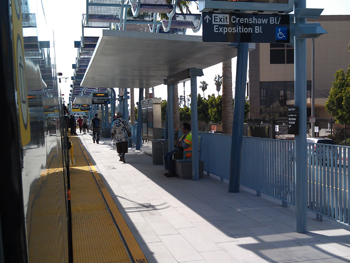 Gerri Williams is from Pasadena and plans on taking the Expo line often. She also decided to take part in the festivities of opening weekend. “I am enjoying it very good. The music is good and it is nice to be outside and seeing all the venders that are here, and being out in the sun!”
Gerri Williams is from Pasadena and plans on taking the Expo line often. She also decided to take part in the festivities of opening weekend. “I am enjoying it very good. The music is good and it is nice to be outside and seeing all the venders that are here, and being out in the sun!”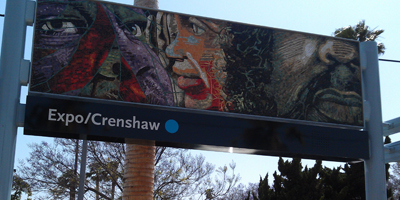
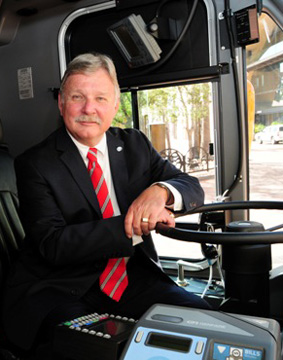
 South L.A. resident Pam Licavoli shared her opinion:
South L.A. resident Pam Licavoli shared her opinion: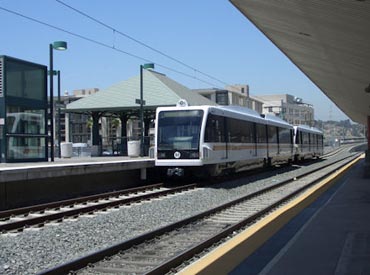 By Anita Little
By Anita Little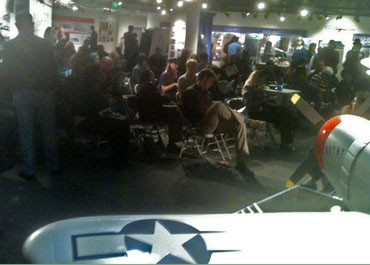 The good news for South Bay residents is that the Metro light rail is expanding. The bad news is that the new line, which will connect Exposition Boulevard to LAX Airport, comes with some extra baggage.
The good news for South Bay residents is that the Metro light rail is expanding. The bad news is that the new line, which will connect Exposition Boulevard to LAX Airport, comes with some extra baggage.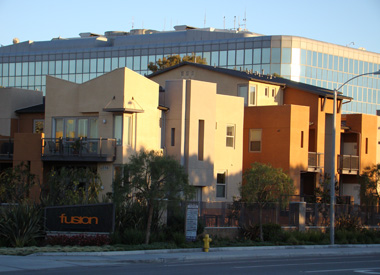 A proposed new Metro rail yard has raised concern among Hawthorne residents, who say they were not sufficiently notified about the site. They fear the site may bring health risks to the surrounding residential communities.
A proposed new Metro rail yard has raised concern among Hawthorne residents, who say they were not sufficiently notified about the site. They fear the site may bring health risks to the surrounding residential communities.




